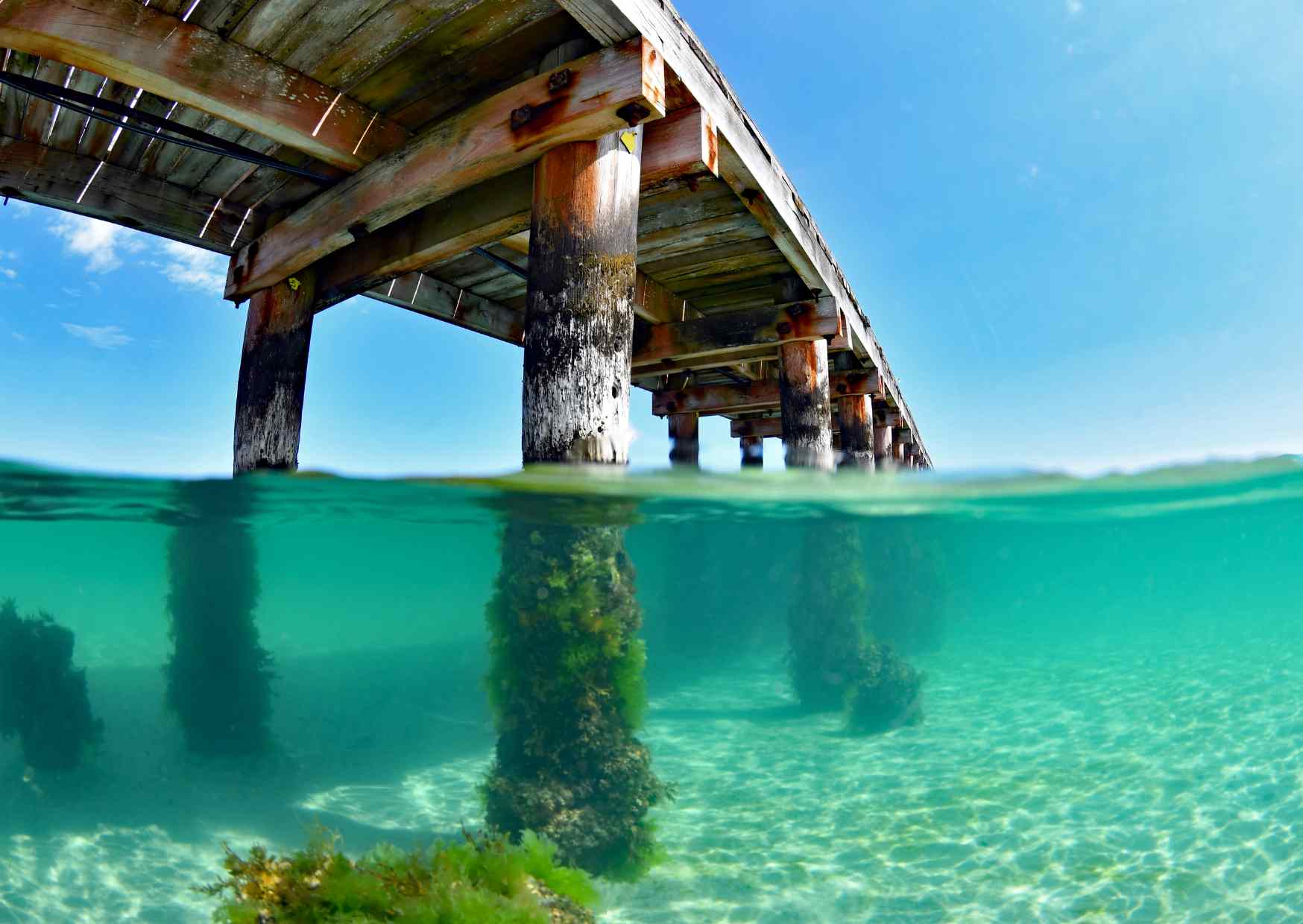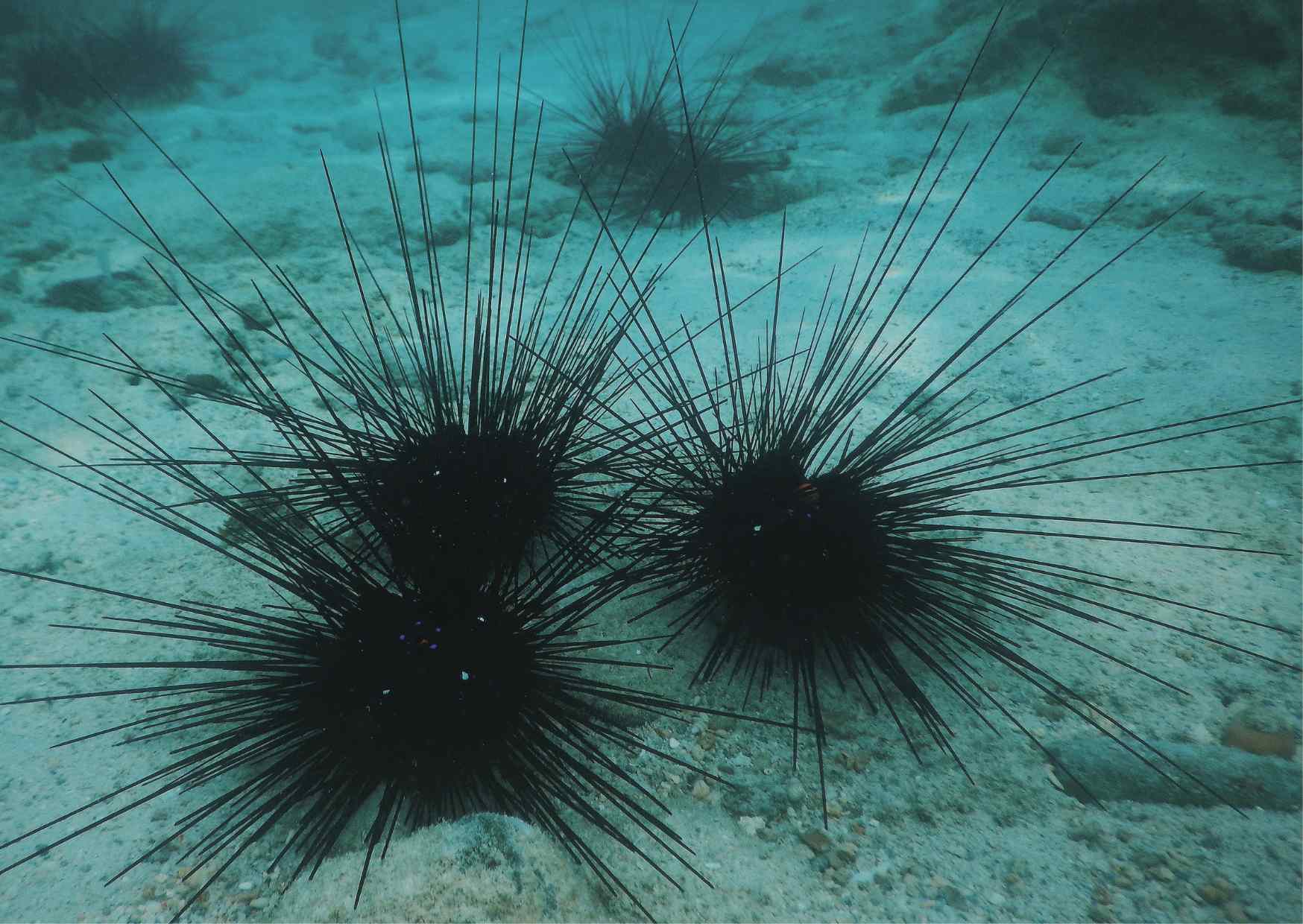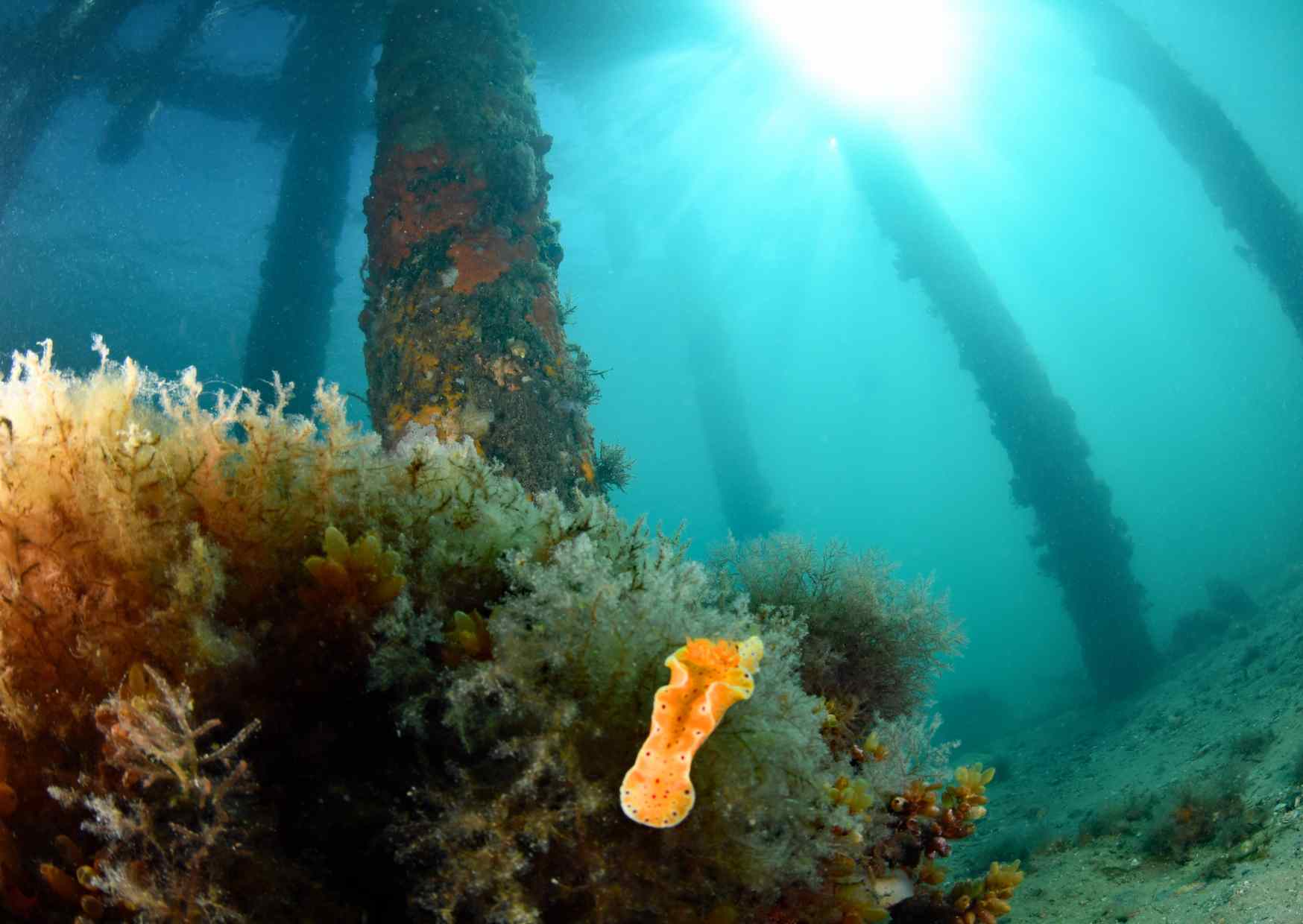Australia Fights Back Against Sea Urchins with Seaweed Restoration Efforts

The waters of Port Phillip Bay in Victoria, Australia, are grappling with an unprecedented ecological challenge. Excess nutrients from wastewater have fueled a massive surge in sea urchin populations, now estimated to total 130 million. This explosion has devastated the region's once-lush golden kelp forests, which play a vital role in marine ecosystems by absorbing carbon dioxide and supporting biodiversity.

In response, Australian scientists have launched an innovative seaweed restoration project to tackle the crisis. Researchers at the University of Melbourne, collaborating with nonprofit organizations, have been cultivating healthy young seaweed in laboratories and transplanting it into areas overrun by sea urchins. Over the past two years, they have planted 400,000 juvenile seaweed specimens in hopes of reviving the underwater forests.
"Kelp forests are not just crucial habitats for marine life; they also help mitigate the impacts of global warming. Rebuilding these ecosystems is essential for our future," said the project’s lead scientist. Reports indicate that the current sea urchin population in Port Phillip Bay is nearly five times the ideal density required for healthy seaweed growth—around four urchins per square meter.
To address the root cause of the issue, the government is pushing for stricter wastewater management policies to curb nutrient pollution. At the same time, community volunteers and environmental groups are actively participating in cleanup efforts to protect this precious marine environment.

The project has already shown promising results, with some areas experiencing a rebound in seaweed populations and improved biodiversity. Scientists acknowledge that this is a long-term endeavor, but they remain optimistic about the future. Notably, the kelp forests off Tasmania have also suffered severe damage due to climate change and warming waters. The restoration efforts in Port Phillip Bay could serve as a blueprint for rehabilitating other affected marine regions, including those in Tasmania.
The Hidden Wonders of Seaweed
Beyond its ecological significance, seaweed offers a wealth of benefits for both the environment and human health. As a natural solution to carbon absorption, seaweed plays a vital role in combating climate change by reducing greenhouse gases. Additionally, it provides a habitat for marine life, contributing to biodiversity.
In addition to seaweed restoration, many countries are now investing in seaweed farming, a sustainable approach that not only helps restore marine ecosystems but also provides economic and environmental benefits. Seaweed farming plays a crucial role in reducing ocean acidification, enhancing carbon sequestration, and offering a renewable resource for various industries. This cultivated seaweed is being harnessed for innovative applications across multiple sectors, from food and biofuels to cosmetics and health supplements.
Hi-Q Marine Biotech, a leading seaweed research and development company, has made significant strides in unlocking seaweed’s potential. Utilizing farmed seaweed, Hi-Q develops high-value products such as OliFuco® and FucoSkin®, which are widely recognized in the global ingredient market for their contributions to well-being and skincare. The ability to flexibly apply seaweed across industries is key to unlocking its full value and future potential, making it an essential component of a more sustainable and resource-efficient world.





